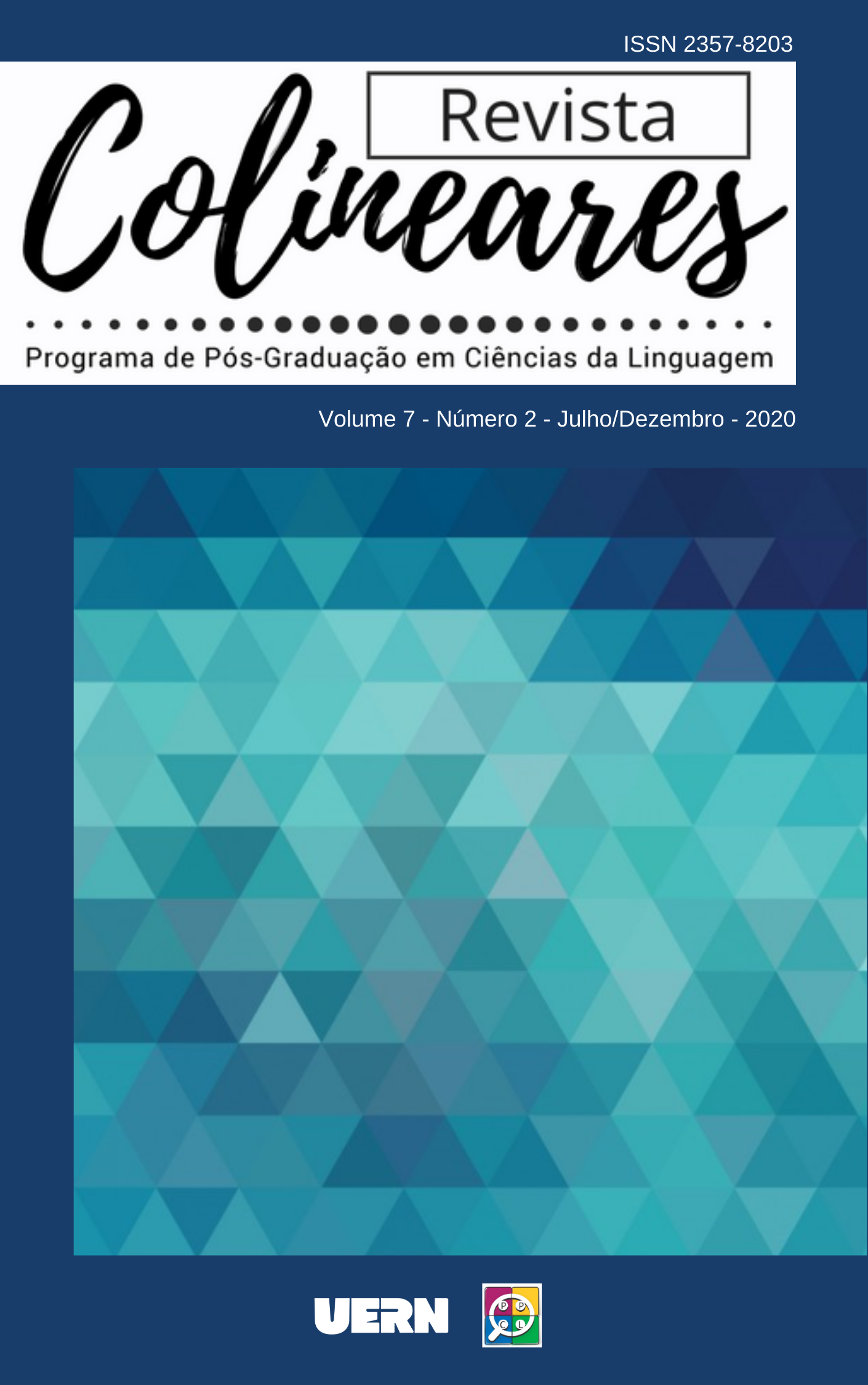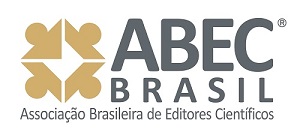Elaboration and application of activities with digital midias for english teaching in the perception of the teacher and the student
Keywords:
Technology, English, Teaching, Elaboration, Digital MediaAbstract
The access to foreign language teaching materials is easily found on the internet and can represent both as an easiness and a challenge for the teacher. Knowing how to connect the different media to the needs of the student in the classroom requires preparation and research on the part of the teacher, since on the other side, we have learners who have access to various contents and seek innovation in language learning. Based on reflections on the use of technology in the classroom, the development of activities in English language and the way they are presented in the classroom, this article compares the perception of the teacher in the development of activities using digital media when working with English language communicative skills and the way students perceive these activities in the classroom. As a result, it was found that teachers perceive Vocabulary activities as the most effective and interesting, while Reading and Grammar activities are the most challenging. Pronunciation activities are more interesting and effective for students, while Grammar and Reading activities are less stimulating. It was concluded that the importance of knowing the expectations of the student in the classroom gains a new guideline, since it is necessary to know the technological reality in which the student is inserted and, in the same way, new paths and ideas need to be sought so the work on all language skills is effectively presented in class.
Downloads
References
BEAUGRANDE, Robert.Cognition and technology in education: knowledge and information – language and discourse. International Journal of Cognitive Technology. v.4, n. 2, p.75-104.2002.
BRASIL. Secretaria de Comunicação Social. Pesquisa brasileira de mídia 2015: hábitos de consumo de mídia pela população brasileira. Brasília.2015.
Disponível em: http://www.secom.gov.br/atuacao/pesquisa/lista-de-pesquisas-quantitativas-e-qualitativas-de-contratos-atuais/pesquisa-brasileira-de-midia-pbm-2015.pdf acessado em 07/01/2016. Acessado em: 29 de abril de 2016.
CAMPOS, Ana Cristina. IBGE: celular se consolida como o principal meio de acesso à internet no Brasil. Rio de Janeiro.2016. Disponível em: https://agenciabrasil.ebc.com.br/geral/noticia/2016-12/ibge-celular-se-consolida-como-o-principal-meio-de-acesso-internet-no-brasil. Acessado em 29 de abril de 2016.
CAMPOS, Francini Mengui; OLIVEIRA,Neida Aparecida de. Tecnologia na Educação: a aprendizagem da Língua Inglesa por meio da rede social LiveMocha. ECCOM, v. 4, n. 7, 2013.
FURATA, Susy Maria Zewe Coimbra; RAMOS, Samantha Gonçalves Mancini. Novas tecnologias nas aulas de língua inglesa: aprimorando o processo de ensino/aprendizagem. Acta Scientiarum, Paraná: Maringá, v. 30, n. 2, p. 197-203, 2008.
GARDNER, Howard. Inteligências múltiplas: A teoria na prática.Tradução:Maria Adriana Verissimo Veronese.1 ed. Porto Alegre: Artmed, 1995, p. 257.
HARMER,Jeremy.The Practice of English Language Teaching. 4. ed. Cambridge: Pearson, 2007.
KENSKI, Vani Moreira. Educação e tecnologias: o novo ritmo da informação. Campinas, São Paulo: Papirus, 2007.
KUMARAVADIVELU, Bala. Language teacher education for a global society: A Modular Model for Knowing, Analyzing, Recognizing, Doing and Seeing. New York: Routlegde, 2012.
LOPES, Diana Vasconcelos. As novas tecnologias e o ensino de línguas estrangeiras. Recife. 2006.
MERCADO, Luís Paulo Leopoldo. Formação continuada de professores e novas tecnologias. Maceió: PPGE/CEDU:EDUFAL,1999. Disponível em: http://www.repositorio.ufal.br/handle/riufal/1324. Acessado em: 29 de abril de 2016.
MURTA, Claudia Almeida Rodrigues; VALADARES, Marcus Guilherme Pinto. Aplicativos móveis para aprendizagem de línguas: duolingo e sentence builder. Anais do Encontro Virtual de Documentação de Software Livre e Congresso Internacional de Linguagem e Tecnologia Online, Mato Grosso v 5,n.1.2016.
PENNINGTON, Martha. The Computer and the Non-Native Writer: A Natural Partnership. Hampton. Press, Creskill, NJ. 2016.
RODRIGUES, Sarah Jackelliny da Silva. EnglishGap: aplicativo móvel para o ensino de Língua Inglesa. UFRP; Recife.2014.
SANTAELLA, Lúcia. A aprendizagem ubíqua substitui a educação formal? Revista de Computação e tecnologia da PUC-SP-Departamento de Computação/FCET/PUC-SP, vol 2 ,n.1,p.17-22. 2010.
TOSINI, Aline. Tecnologia na aula de inglês. 2008. Universidade do Vale do Paraíba (UNIVAP). São José dos Campos – SP. Disponível em: https://www.plannetaeducacao.com.br/portal/
Acessado em: 22 de abril de 2016.
VAN, Lier. From input to affordance: social-interactive learning from an ecological perspective. In: LANTOLF, James Paul. (Ed.). Sociocultural theory and second language learning. Oxford: Oxford University Press, 2000. p. 245-259.
Downloads
Published
How to Cite
Issue
Section
License
Copyright (c) 2020 Eveline Tomaz Souza

This work is licensed under a Creative Commons Attribution-NonCommercial-ShareAlike 4.0 International License.






